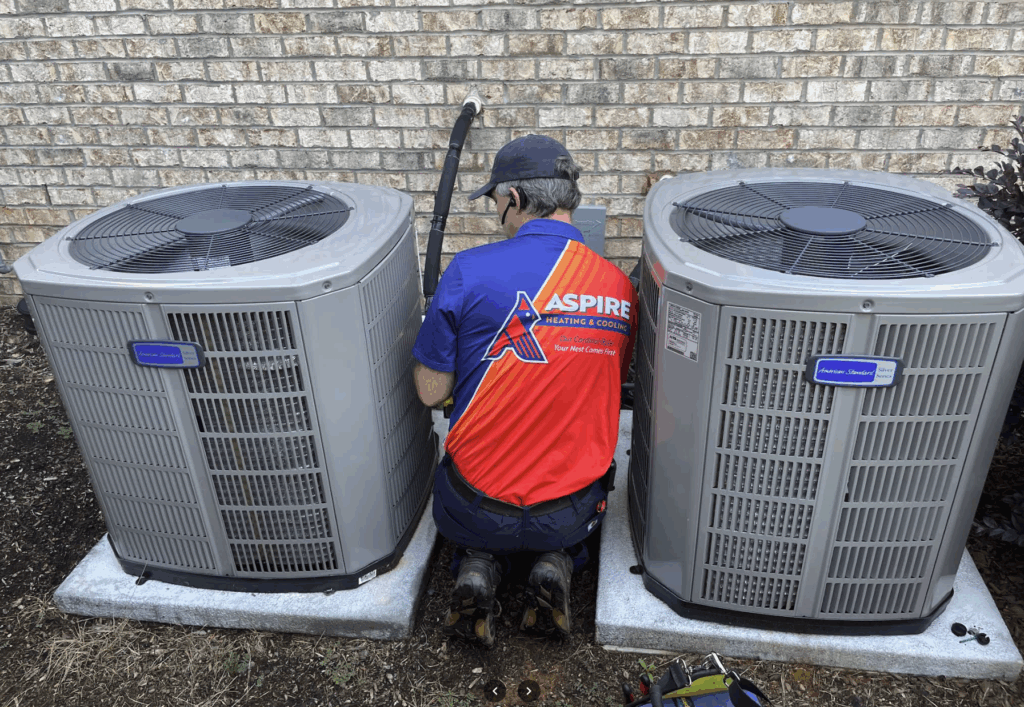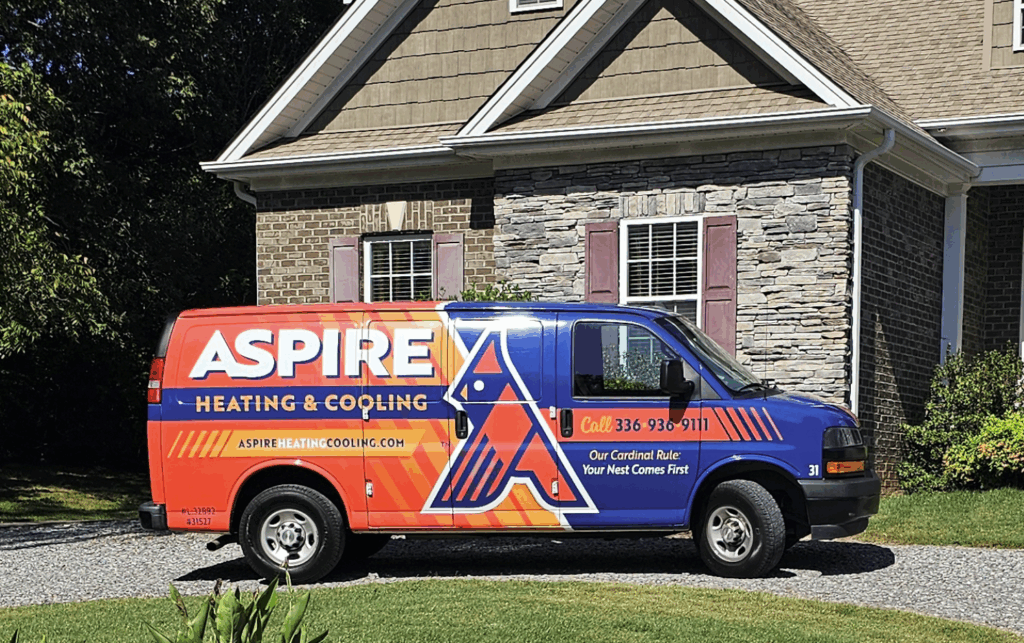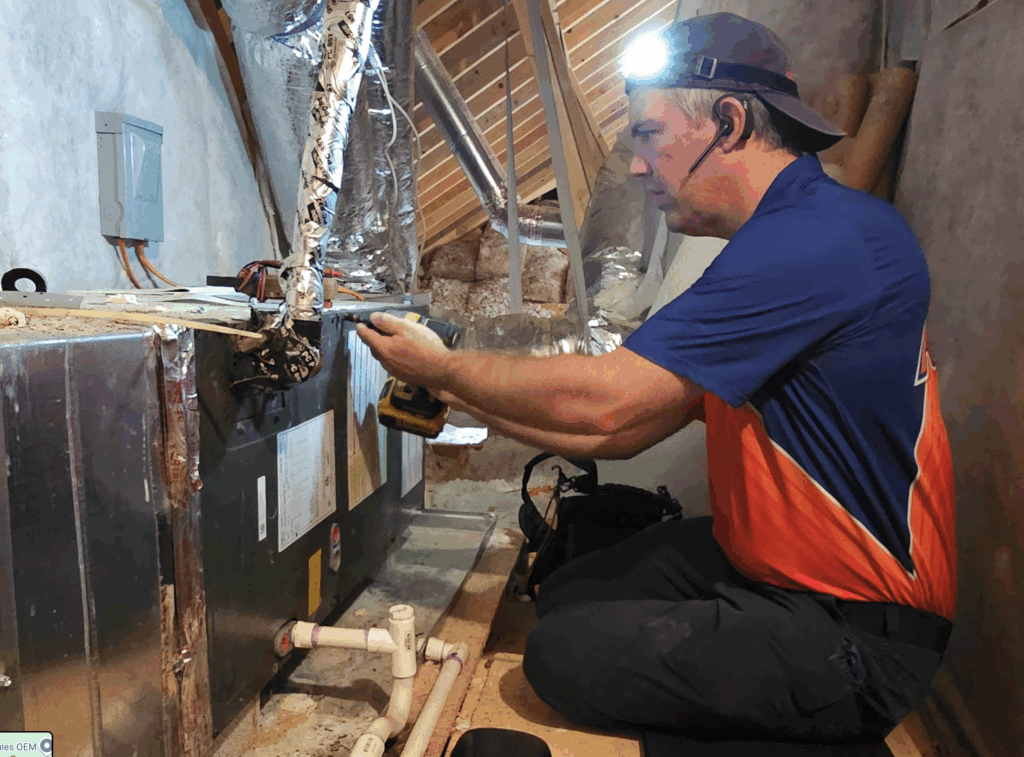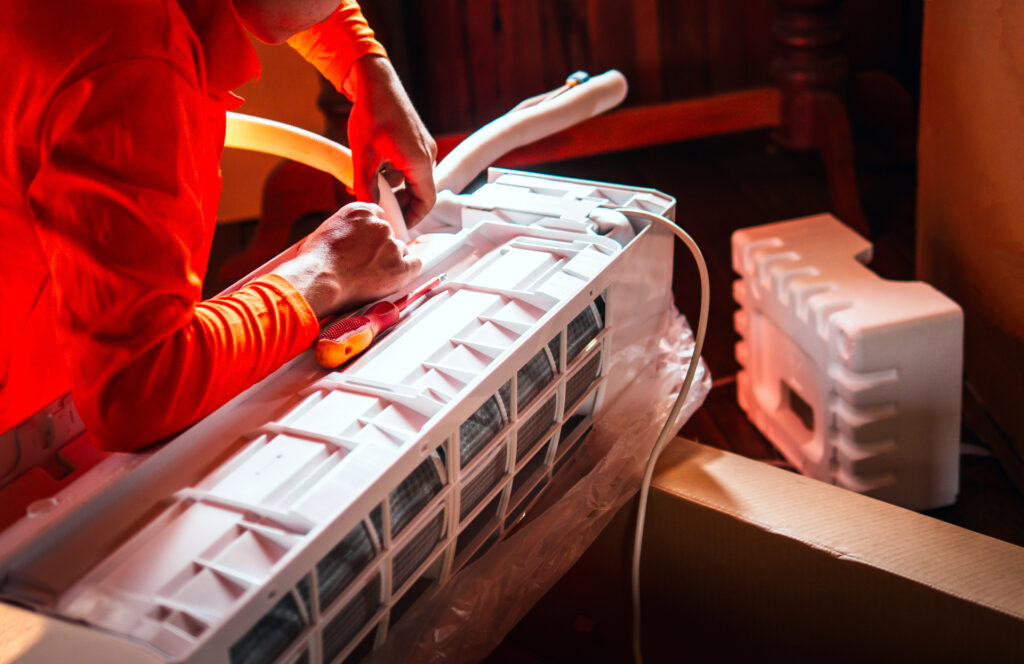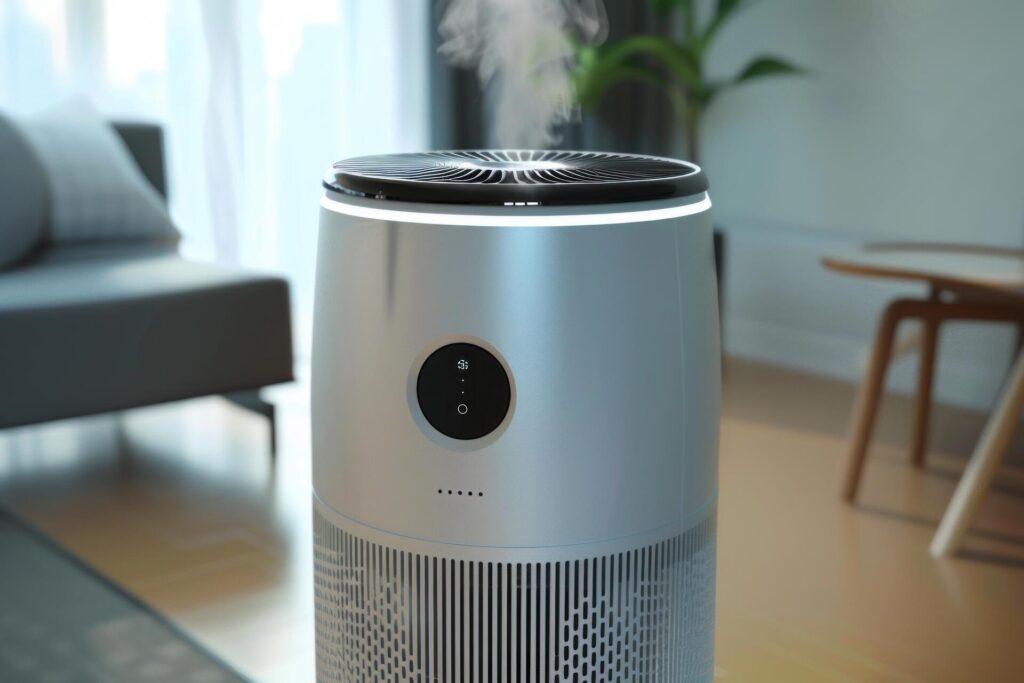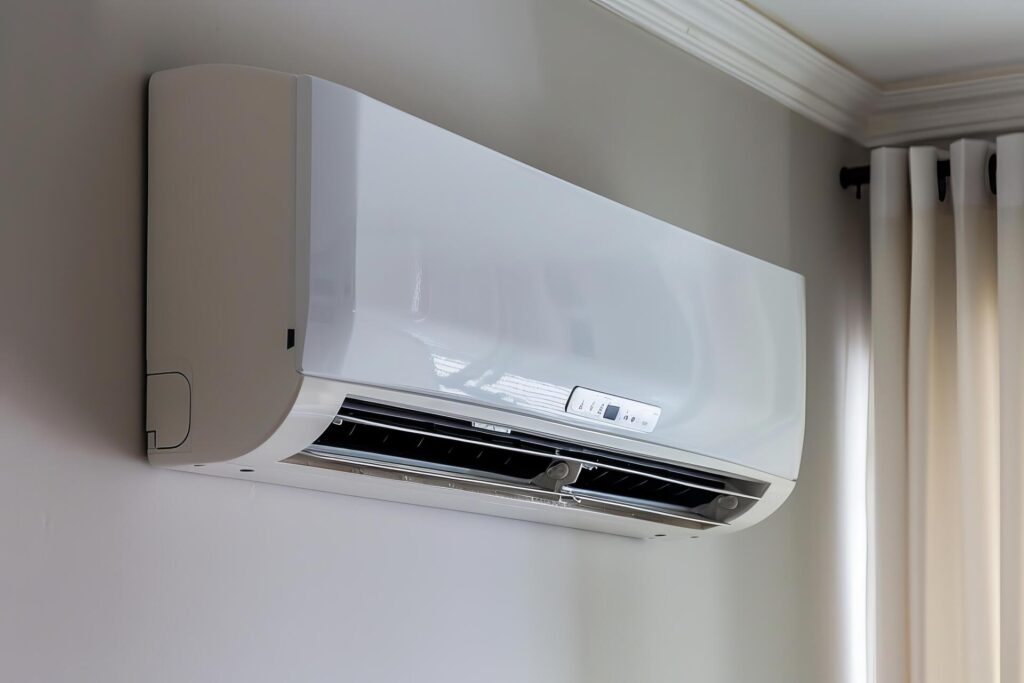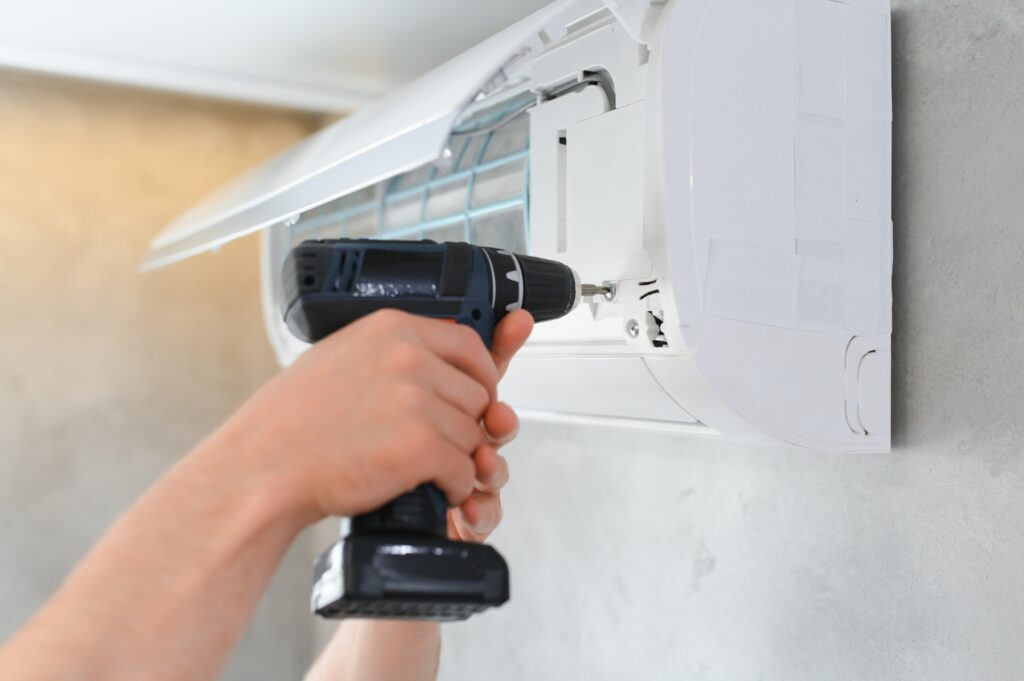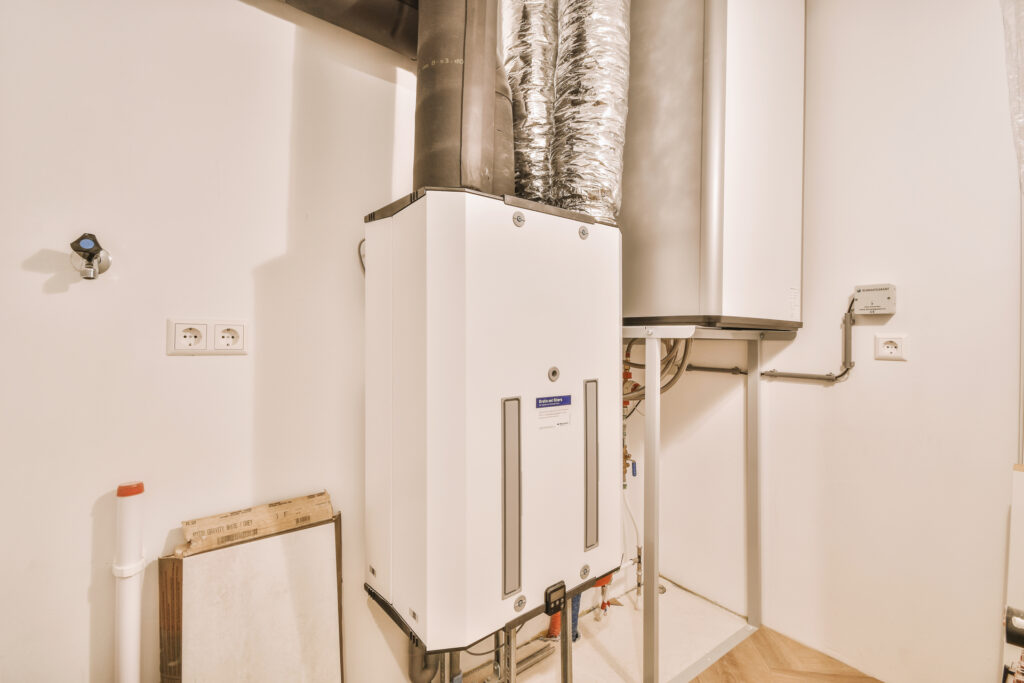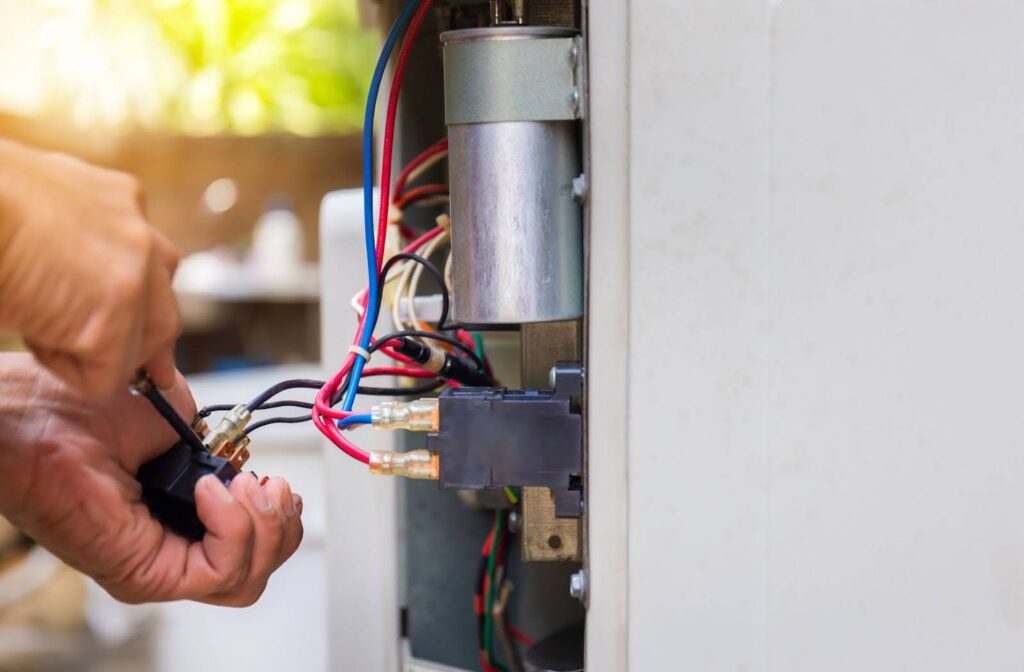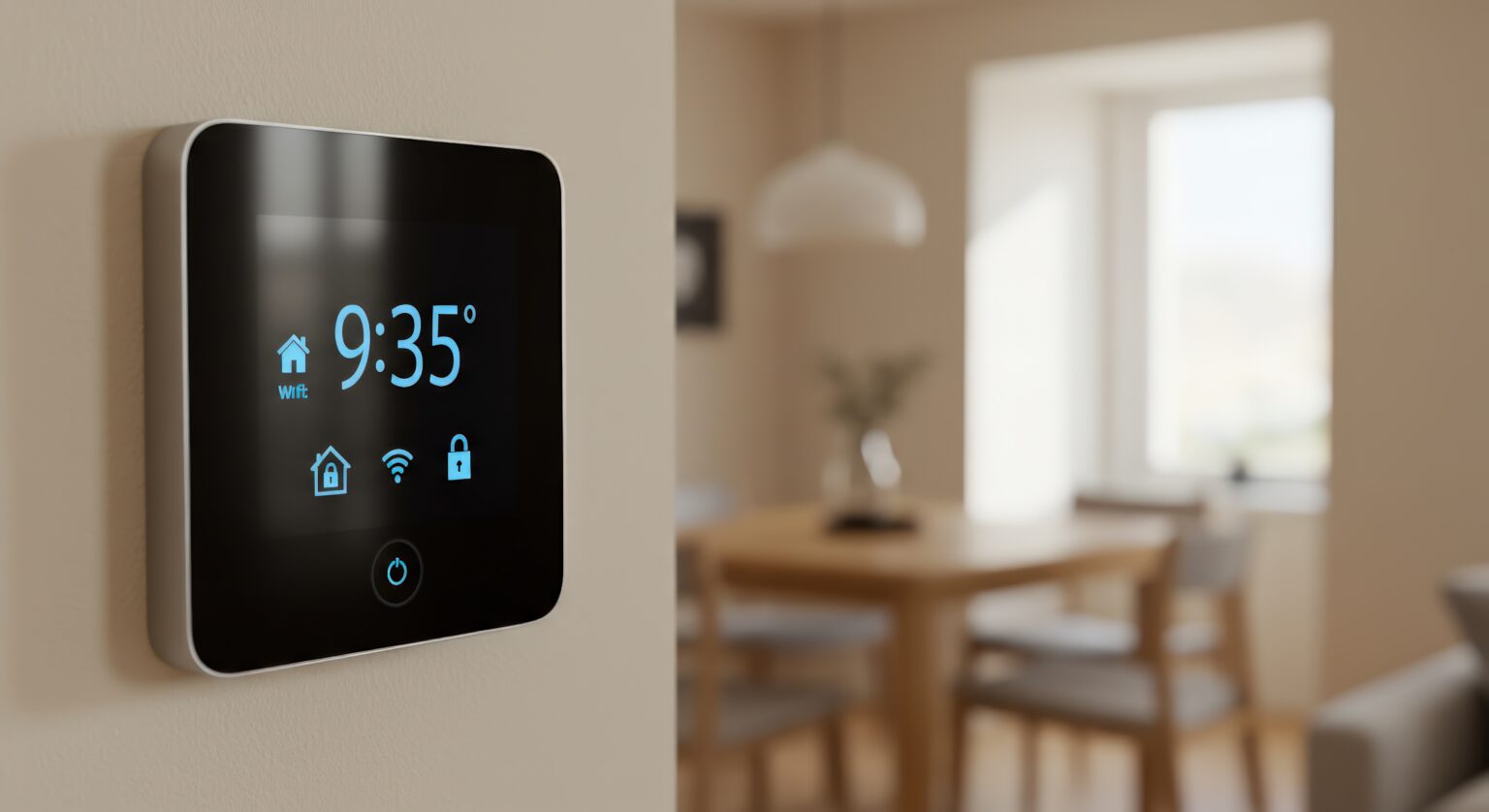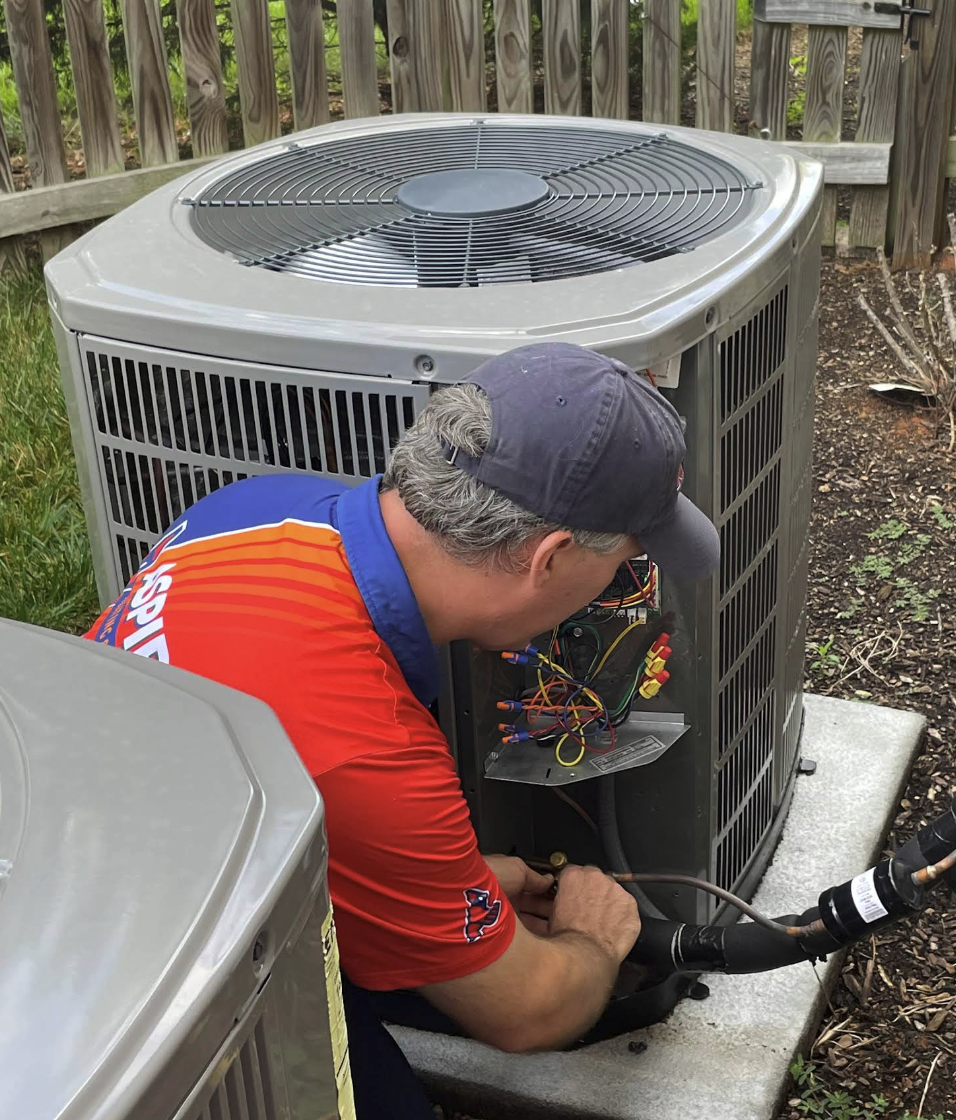Your home’s heating and cooling system works tirelessly to keep your family comfortable throughout the year, but did you know there’s a simple upgrade that could transform how you manage that comfort while saving money? Smart thermostats have revolutionized home climate control, offering a level of convenience and efficiency that traditional thermostats simply can’t match. If you’ve ever forgotten to adjust your thermostat before leaving for vacation or wished you could warm up your home on the drive back from work, you’re about to discover why homeowners across the country are making the switch.
Understanding What Makes a Thermostat “Smart”
A smart thermostat goes far beyond the basic temperature dial you might be accustomed to. These Wi-Fi-enabled devices connect to your home network, allowing you to control your heating and cooling system from virtually anywhere using your smartphone, tablet, or computer. Unlike older programmable thermostats that required complex button combinations and often went unused because of their confusing interfaces, smart thermostats feature intuitive apps that make scheduling and adjustments remarkably simple.
What truly sets these devices apart is their ability to learn and adapt. Many models use sensors to detect when you’re home or away, automatically adjusting temperatures to avoid wasting energy on an empty house. Some even analyze your habits over time, learning your preferences and creating schedules without you having to program anything manually. This combination of connectivity, automation, and user-friendly design addresses the fundamental problem that plagued programmable thermostats for years—they only saved energy if people actually used their features correctly.
The Financial Impact on Your Energy Bills
When considering any home upgrade, the bottom line matters. The good news is that smart thermostats deliver measurable savings that can offset their initial cost relatively quickly. According to data from the Environmental Protection Agency, smart thermostats that meet Energy Star criteria save users an average of 8% on their utility bills. While that might not sound dramatic at first, it translates to real money when you consider that nearly half of the average American household’s annual energy bill goes to heating and cooling—more than $900 a year.
The savings vary depending on your specific situation. If you live in a region with extreme temperatures requiring constant heating or cooling, your potential savings could be higher than someone in a mild climate. Households where everyone leaves for work and school during the day see greater benefits because the thermostat can significantly reduce heating and cooling while the house is empty. Studies show that smart thermostats can save between 10-12 percent on heating and 15 percent on cooling costs, which means many homeowners recoup their investment within two to three years.
Beyond the direct energy savings, many utility companies offer rebates and incentives for installing smart thermostats. These programs can reduce your upfront costs substantially, sometimes by $50 to $125 or more. When you combine manufacturer rebates, utility incentives, and ongoing energy savings, the financial case for upgrading becomes even more compelling.
Remote Control Changes Everything
Imagine this scenario: you’re at the office on a sweltering summer afternoon when you remember that you forgot to adjust the thermostat before leaving home. Your air conditioner has been running full blast all day in an empty house. With a smart thermostat, you simply pull out your phone, open the app, and adjust the temperature in seconds—no matter where you are.
This remote access capability fundamentally changes how you interact with your home’s climate control. Heading home early from work? Set the temperature to comfortable before you leave the office. Going on vacation? Monitor and adjust your home’s temperature from across the country to ensure your pipes don’t freeze or your air conditioner isn’t working overtime. The convenience factor alone makes smart thermostats worthwhile for many homeowners, even before considering the energy savings.
Learning Your Lifestyle and Preferences
One of the most impressive features of modern smart thermostats is their ability to learn from your behavior. If you consistently lower the temperature at 10 PM on weeknights, your smart thermostat will begin doing this automatically. If you prefer a warmer house on Saturday mornings, it will learn that preference too. This learning capability addresses a major shortcoming of traditional programmable thermostats, which many homeowners either never programmed or programmed incorrectly.
Movement sensors in many smart thermostat models add another layer of intelligence. These sensors can detect when rooms are occupied, allowing for more precise climate control that focuses energy where it’s actually needed. Some systems use geofencing technology, which creates a virtual perimeter around your home using your smartphone’s location. When everyone’s phones leave that perimeter, the thermostat knows the house is empty and adjusts accordingly.
Detailed Energy Reports That Inform Your Decisions
Smart thermostats provide comprehensive reports showing exactly how much energy your heating and cooling system uses and when it uses it. These reports typically break down usage by day, week, or month, allowing you to identify patterns and opportunities for improvement. Many smart thermostats also compare your usage to similar homes in your area, giving you context for whether your consumption is typical or higher than average.
The visual nature of these reports makes energy consumption tangible in a way that monthly utility bills don’t. When you can see a graph showing exactly how much energy you used yesterday versus today, the impact of your thermostat adjustments becomes immediately clear. This feedback loop encourages continued energy-conscious behavior and helps you fine-tune your settings for maximum efficiency without sacrificing comfort.
Integration With Your Smart Home Ecosystem
Today’s homes increasingly feature multiple smart devices working together to create a more convenient and efficient living environment. Smart thermostats serve as a natural hub for this ecosystem, connecting seamlessly with other devices throughout your home. If you use voice assistants like Amazon Alexa, Google Assistant, or Apple’s Siri, you can control your thermostat with simple voice commands.
The integration possibilities extend well beyond voice control. Smart thermostats can communicate with smart blinds or shades to coordinate temperature management—closing the blinds during the hottest part of the day to reduce cooling load or opening them on sunny winter mornings to take advantage of natural heating. When your entire home works together intelligently, you consume less energy while enjoying greater comfort and convenience.
Choosing the Right Smart Thermostat for Your Home
With numerous smart thermostat models on the market, selecting the right one for your specific situation requires considering several important factors. The first and most crucial consideration is compatibility with your existing HVAC system. Most smart thermostats work with common systems, but older equipment or certain specialized systems might have limitations. Don’t hesitate to consult with HVAC professionals who can verify compatibility and recommend appropriate models.
Consider which features matter most to your household. If you’re frequently away from home for extended periods, models with robust geofencing and remote access might be priorities. If you have a complex schedule with different family members coming and going at various times, look for thermostats with sophisticated learning capabilities. Voice control compatibility matters if you’re already invested in a particular smart home platform.
The user interface deserves attention too. Some smart thermostats feature large, colorful touchscreens that display weather information and energy data, while others take a more minimalist approach. Professional installation is worth considering even though many smart thermostats advertise DIY-friendly installation. A professional can ensure proper wiring, verify system compatibility, and optimize settings for your specific HVAC equipment.
Maximizing Your Smart Thermostat’s Potential
Owning a smart thermostat is just the beginning—using it effectively maximizes your savings and comfort. Start by taking time to explore all the features and settings rather than simply using it as a remote control for your old thermostat. Enable the learning features and allow the device several weeks to understand your household’s patterns. The more data it collects about your preferences and routines, the better it can optimize your climate control automatically.
Pay attention to the energy reports your thermostat provides and use them to inform your decisions. If you notice spikes in usage during certain periods, consider whether you can adjust your schedule or temperature preferences during those times. Take advantage of seasonal scheduling features that many smart thermostats offer. Your heating preferences in January likely differ significantly from your cooling preferences in July, and your smart thermostat can maintain separate schedules for different seasons.
Maintenance reminders represent another valuable feature that often goes underutilized. Your smart thermostat can track how long your system runs and alert you when it’s time to change air filters or schedule professional maintenance. A well-maintained HVAC system operates more efficiently and lasts longer, which means these reminders contribute directly to energy savings and can help extend your system’s useful life beyond the typical 12 years.
Making the Smart Choice for Your Home
Smart thermostats represent one of the most practical and cost-effective upgrades available to homeowners today. They combine genuine energy savings with enhanced convenience and comfort, addressing the real-world challenges that made older programmable thermostats ineffective. The technology has matured to the point where these devices work reliably, integrate seamlessly with other smart home systems, and provide measurable benefits that justify their cost.
For homeowners concerned about rising energy costs and looking for ways to reduce their environmental impact without sacrificing comfort, smart thermostats offer a compelling solution. The ability to control your home’s climate from anywhere, combined with intelligent learning capabilities and detailed energy insights, puts you in command of one of your largest household expenses. If you’re ready to explore how a smart thermostat could benefit your specific home and situation, reach out to the professionals at Aspire Heating & Cooling. Our experienced team can help you select the perfect model for your needs and ensure it’s installed and configured to deliver maximum efficiency and comfort from day one.


